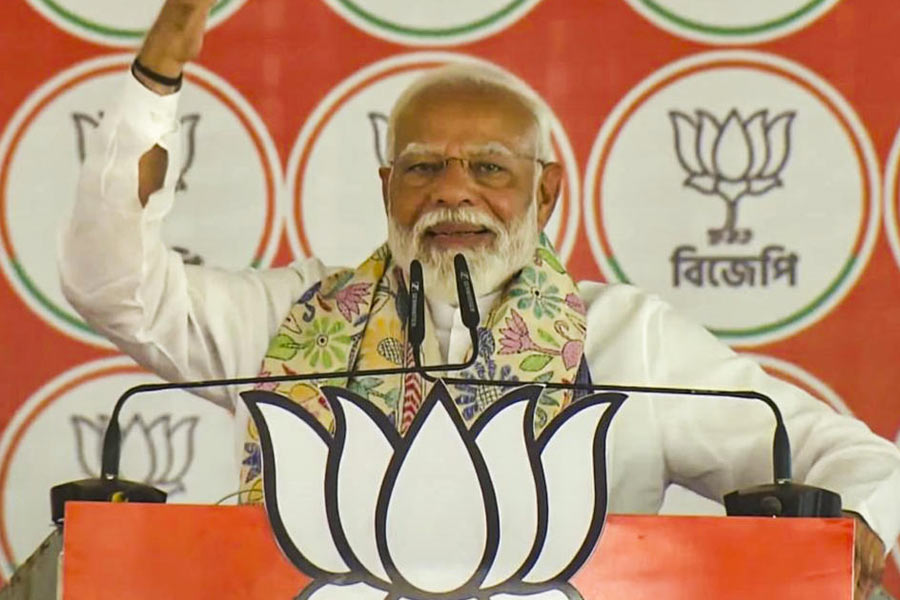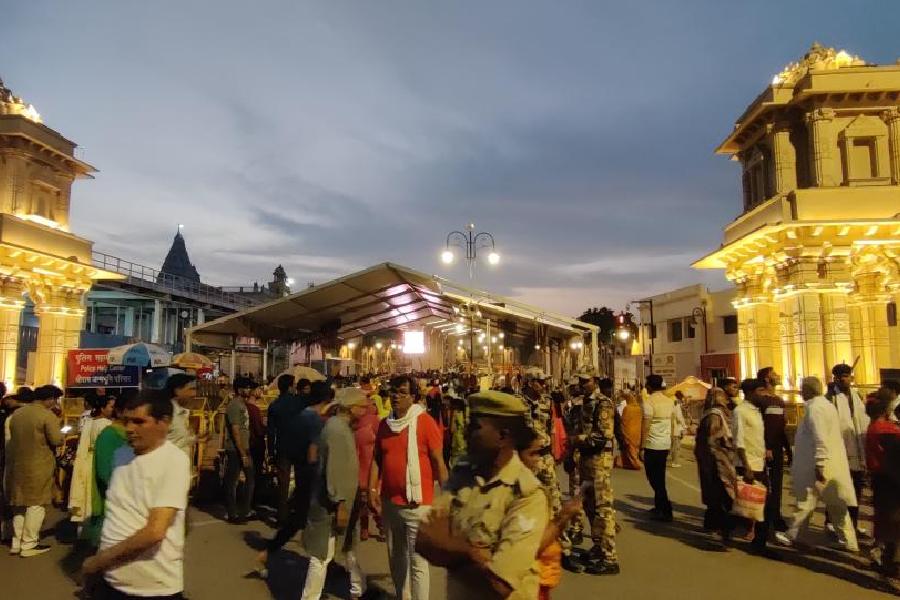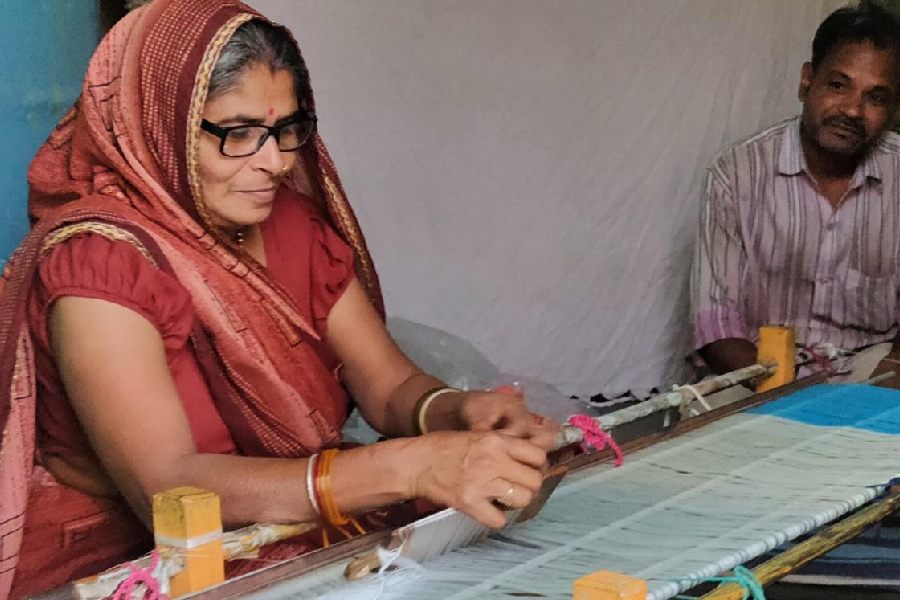The Bihar Jati Aadharit Ganana 2023 is an important political document. The statistical facts given in the report are obviously Bihar-centric; they introduce us to the complex sociological configuration of the state. However, one cannot underestimate the wider political significance of this report.
It certainly legitimises the Congress’s demand for a national-level caste census in the future. At the same time, the report also offers an opportunity for the Bharatiya Janata Party’s opponents to question the BJP’s aggressive, yet ambivalent, OBC politics. The enthusiasm of the Opposition-ruled states to officially conduct such studies underlines this strategic attitude. The supplementary data, which is yet to be released, related to caste-based socio-economic backwardness will further enhance the political credibility of the BJAG. It is also being argued that the Opposition might use the report to dismantle the BJP’s carefully-nurtured Hindutva thesis.
These simple, obvious and easily observable political outcomes, however, should not be exaggerated. The report has great potential of reshaping the existing political equilibrium in a significant way. It might help us re-evaluate the nature of the contemporary Indian State, especially its imagination of affirmative action and social justice.
Let us begin with the question of socio-economic backwardness. For the sake of a meaningful discussion on this issue, we must avoid the conventional and, in a way, highly superficial ‘caste versus class’ debate. It is a well-known fact that Indian society is divided along the lines of caste. Caste is deeply embedded in the sociological universe as one of the crucial and determining factors. Even the religious affiliation of a community often becomes a secondary consideration in social life. That is the reason why one finds specific forms of casteism among Muslims, Christians and Sikhs. The BJAG, in this sense, is a valuable document because it offers an official recognition of the idea of caste identification.
This caste-based hierarchical profile finds a very different meaning when the relative backwardness of each caste group is measured for the purpose of comparison. The issues, which are often seen strictly in economic terms — poverty, unemployment, access to educational opportunities, upward economic mobility, rural-urban migration and so on — emerge as additional factors to make sense of the idea of social exclusion in its entirety. It is worth noting that the socio-economic and caste census introduced by the United Progressive Alliance government in the early 2010s was presented as an alternative mechanism for collecting caste-based data. However, the information/data collected through the SECC was not released. The BJAG supplementary data (if released) may help us provide concrete meanings to caste-based exclusion and marginalisation.
The official mechanism to deal with caste-based social exclusion, however, is not as straightforward as it seems. The political class makes an imaginary distinction between a caste-divided social sphere (where inequalities/marginalisation are produced, sustained and reproduced) and the economic sphere (which is open, egalitarian, independent and, above all, market-driven). This imaginary distinction between the social and the economic creates an impression that caste-based social exclusion and open market-driven economic life are two separate and unrelated entities. Social justice, we are told, is needed to get rid of caste-based social exclusion while there is no need to intervene in the economic life of citizens because the open market is capable of resolving its own conflicts.
There has been a political consensus on this official imagination of social justice. Affirmative action policies, especially reservations for the deprived sections of society in public institutions, have been transformed into a form of official benevolence. On the other hand, the State, in principle, is committed to repudiating the public sector as a legitimate economic entity. The outcome of this contestation is obvious: there is an increasing pressure on crumbling public institutions to accommodate the multifaceted marginalisation of the most deprived caste groups. Precisely for this reason, the contemporary State in India can be described as a charitable State: a pro-market State that provides some facilities to citizens on a case-by-case basis and, at the same time, bargains with them in the realm of competitive electoral politics.
The political reception of the BJAG also confirms this line of reasoning. The non-BJP parties have recognised the report as a point of departure to revive the old social justice politics of the 1990s. They, it seems, do not want to expand the scope of their interpretation of social justice. After all, reservation in the private sector has not yet become an electorally viable phenomenon. At the same time, these parties do not want to destabilise the charitable State model for practical reasons. The Opposition-ruled states are keen to be seen as facilitators of open market-driven reforms.
The BJP, on the other hand, has been the major political beneficiary of the post-liberalisation-era State model. It is obvious that the party will remain apprehensive about any kind of caste survey for two possible reasons. First, the BJP has been able to get sizeable electoral support from the other backward classes, Dalit and Adivasi communities since 2014. Although the BJP’s success is often attributed to what is called ‘Hindutva unity’, the party has worked hard to mobilise the marginalised communities for electoral purposes, especially in the northern states. The BJP also went ahead to provide special reservation for the economically weaker sections to further consolidate its position. The caste census has the potential of delegitimising this carefully-shaped social configuration. Second, the BJP, like other members of the political class, is committed to upholding the restricted meaning of social justice. The ‘pro-business’ attitude of its leadership is a well-known fact. For that reason, there is no possibility of envisaging affirmative action outside the realm of the public sector.
There is a need to go beyond the given official meaning of social justice. The ever-growing economic inequalities and caste-based exploitation are inextricably linked to each other. The marginalised groups are doubly distressed: they are socially excluded because of a caste-based social order; they are also economically miserable as they do not have any support or capacity to compete with corporate houses in a presumably free and open market. The BJAG, in this sense, has given us an opportunity to produce a constructive, inclusive, and innovative imagination of social justice.
Hilal Ahmed is Associate Professor, CSDC, New Delhi










